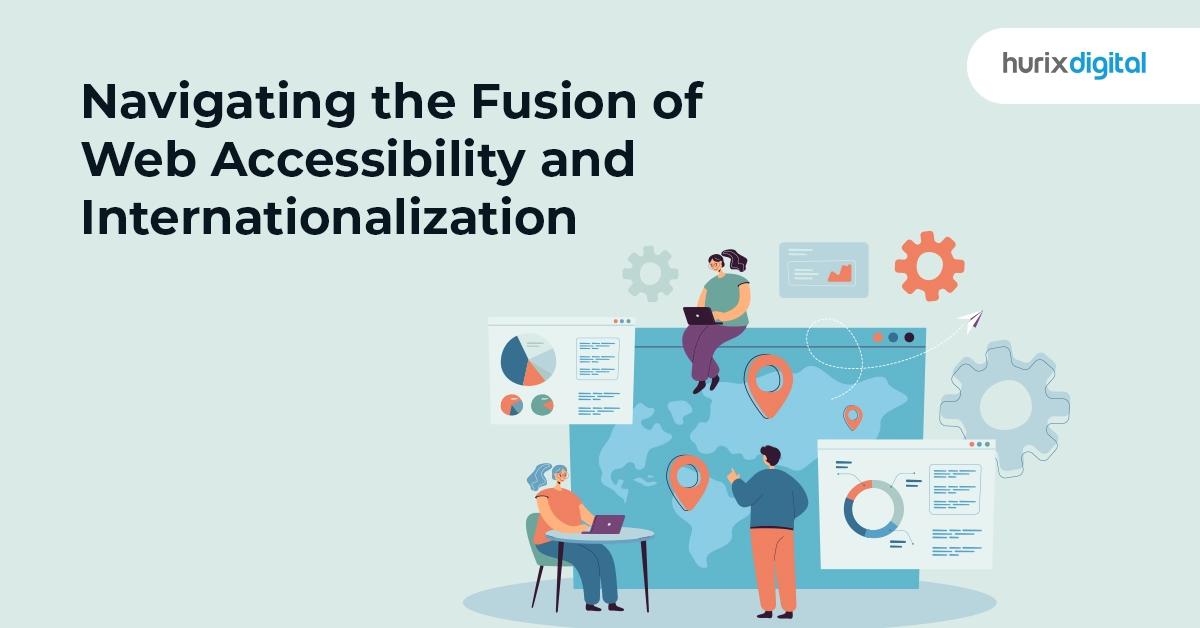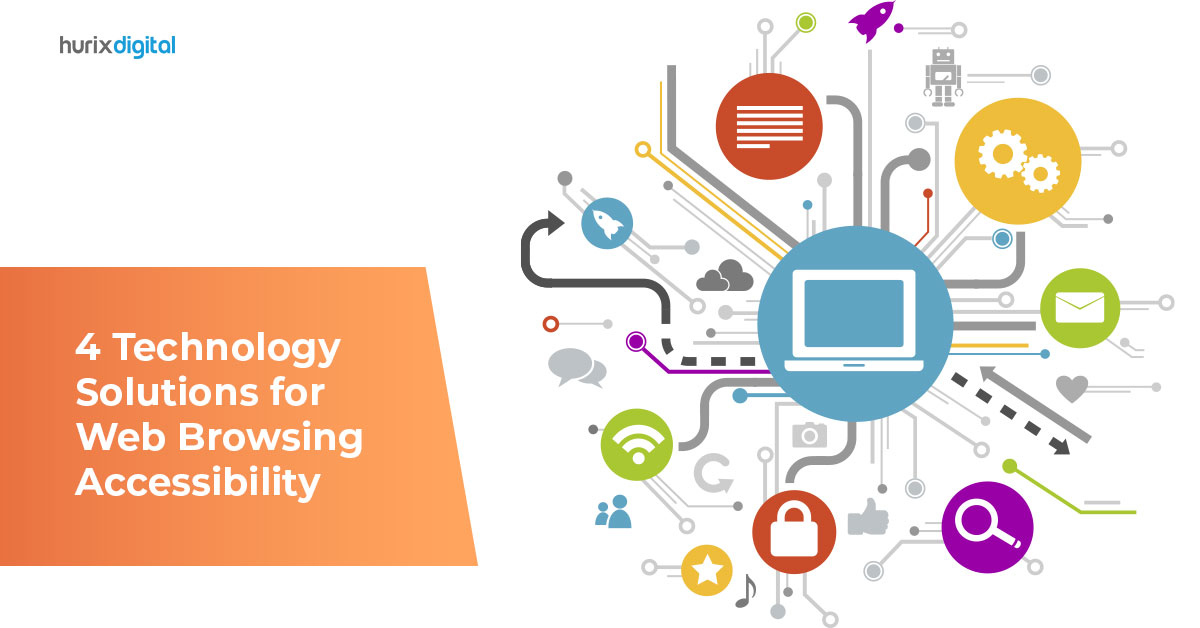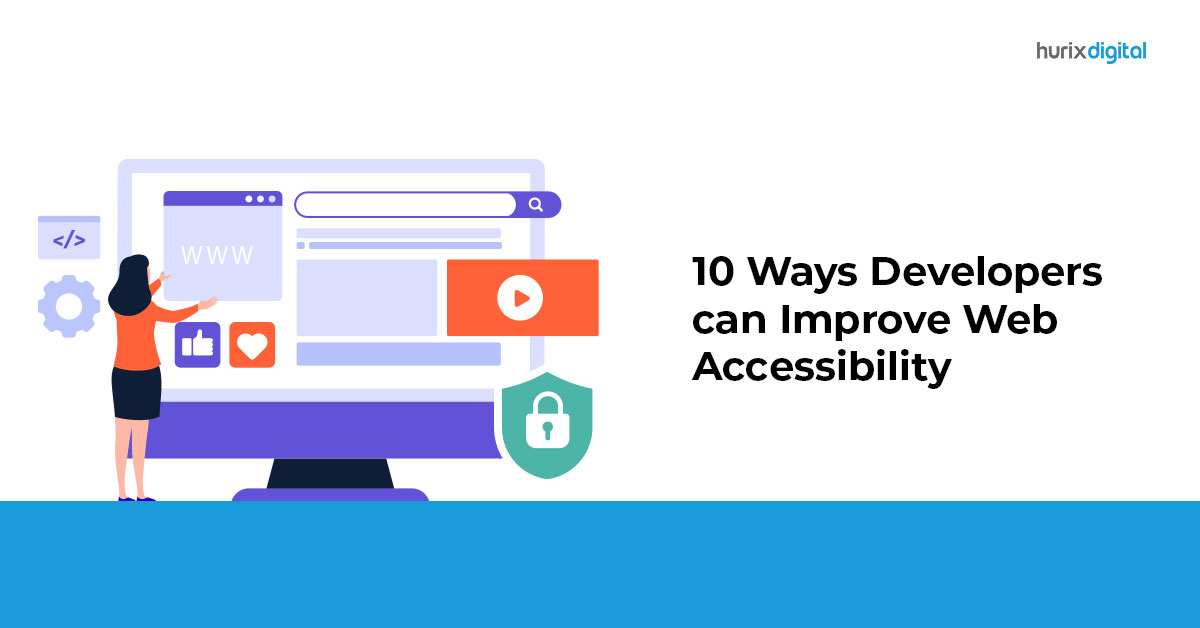
Navigating the Fusion of Web Accessibility and Internationalization
Summary
Explore how to blend web accessibility with internationalization. This article discusses strategies for creating websites that are both accessible and suitable for global audiences.
Creating accessible web applications involves the art of designing and developing digital experiences that cater to a diverse audience, encompassing individuals with various abilities, disabilities, and preferences. The positive impacts of web accessibility extend beyond aiding those with impairments, reaching users utilizing different devices, browsers, and network conditions.
Internationalizing web presence involves implementing strategies to enhance the appeal of content to individuals in diverse countries, often extending to those who speak languages other than the primary language of the content. The result is a cross-cultural user experience.
While at first glance, accessibility and internationalization may appear as distinct concepts, they share a substantial overlap. Let’s delve into how an accessible website is a crucial tool in reaching and engaging potential customers globally.
Table of Contents:
- Best Practices to Enable Web Accessibility and Internationalization
- Web Content Accessibility Guidelines
- Importance of Internationalization for Better Web Accessibility
- International Compliance Requirements
- Tips to Integrate Inclusivity in a Website
- Summing Up
Best Practices to Enable Web Accessibility and Internationalization
Web Accessibility and internationalization when applied effectively can improve user experience and ensure web accessibility compliance. However, another important aspect of following these guidelines is to meet international digital compliance. Here are a few best practices to ensure that web accessibility and internationalization requirements are met:
1. Making a Website Translatable
A website can showcase a brand, reflect a persona, and keep customers engaged.
But to make a website more translatable it needs to be available in more than one language. Different versions of a website can be made available in different languages but it is a time-consuming and cumbersome process.
2. Usage of Captions
A better solution, especially for media elements like images and videos, would be to use captions that could be translated into various languages enabling accessible global content. It can also aid the hearing impaired.
3. Transcripts
People with visual disabilities can understand multimedia better with access to transcripts. Transcripts can also help when videos have longer buffer times.
4. Alternative Text
Alt text and thumbnails can contain hyperlinked icons. It gives the user a clearer idea of what to expect if they click on the link. It also results in an overall improvement in navigation on a website through images or videos.
5. Font Size
Font size is also an important consideration when it comes to web accessibility. Those who have vision disabilities can always use a screen magnifier or increase the font size through their web browser settings.
However, it is always a good idea to use a font size equivalent to 12 points which translates to about 16 pixels with subheadings significantly larger than the main text.
Also Read: Incorporating Accessible Content: 7 Best Practices for Web Writers
Web Content Accessibility Guidelines
The Web Content Accessibility Guidelines (WCAG) is one of the primary international accessibility standards for gaining digital access to websites. By adhering to the WCAG, it is possible to provide universal benefits to users which results in adequate internationalization.
According to the WCAG, four principles of accessibility need to be followed. Content should be:
- Perceivable
- Operable
- Understandable, and
- Robust
The acronym “POUR” is generally used. Out of the four POUR principles, robustness is particularly critical for attaining internationalization.
Importance of Internationalization for Better Web Accessibility
What is the significance of internationalization? Why is it critical that a website meets these international requirements?
Here are a few pointers that justify the need for website internationalization:
1. Multiple Types of Devices, Web Browsers, and Operation Systems
The types of devices, operating systems, and web browsers might vary from one country to another. Content should be compatible with the various systems and devices available.
2. Variation in Keyboards
Users sometimes have different keyboard preferences with layouts that differ from the standard (ANSI or ISO) layouts.
A website needs to consider the different keyboard layouts which might entail special characters and commands.
3. Viewports
The type and size of viewports can differ. Your website needs to be responsive to the differing viewports failing which satisfying results might not be achieved. It is advisable to experiment with different formats and test how the content appears through various viewports.
For example, images and web pages might appear differently on a mobile phone or a laptop and entirely differently on a desktop monitor.
4. HTML Language Tags
This is an important technicality wherein a website should contain the relevant language tags for users to view content as it is intended to be viewed. The key to this is to create content with a clear code and structure.
International Compliance Requirements
In many countries, the law requires adequate provisions to be in place for people with visual disabilities. These provisions often cover online content as well. For example, in the United States, there is an act called the Americans with Disabilities Act (ADA) which mandates digital access to those with disabilities.
This act has given way to an entirely new field called “ADA Testing.” ADA Testing is a process where a website is tested and its accessibility is evaluated and documented according to ADA requirements. Following WCAG guidelines can ensure a website meets ADA requirements to a large extent.
Tips to Integrate Inclusivity in a Website
Certain basic best practices can be adopted to make a website more inclusive and incorporate language localization. Here are a few of them:
1. Date Formats
When we talk about dates, formats vary from region to region and country to country. Several different date formats vary according to a region or country.
Therefore, it is useful to provide options for selecting a preferred date format according to the user’s locality.
2. Name Formats
There are diverse ways of writing names. According to Western culture, the first name is followed by the middle name followed by the last name which is the surname. However, in other countries like China and India, the family name comes first followed by the first name or given name.
Developers also need to consider the cultural significance of various colors. For example, in Japan, red and bold font signifies negativity. In Korea, Japan, and China, it is taboo to write the name of a living person in red ink or in bold.
3. Direction of Writing
We need to consider the direction of writing, particularly on multilingual websites. For example, page numbers can be confusing for people of different cultures. In Japan, an English document translated into Japanese using the format: “1 of 50” might result in all the elements appearing in the reverse order.
4. Usage of Symbols
It is important to treat symbols with care. For example, while a circle stands for “yes” in Japan, a tick mark denotes “no,” the complete opposite of what is considered an affirmation in the Western world.
Therefore it is imperative to consider various nationalities and cultures and the way symbols are treated while writing content and programs.
5. Treatment of Emojis
These seemingly harmless, fun characters may seem like a good idea to add to the content. Because emojis don’t come with written descriptions, the interpretation is often left to the user.
Therefore, it is recommended to be prudent about emojis and use them sparingly.
Also Read: 7 Best Ways to Overcome Challenges in Born Accessible Implementation
Summing Up
Web accessibility and internationalization of websites can be achieved by following the principles outlined here.
The World Health Organization (WHO) claims that more than a billion people in the world have at least one disability. And, 1.3 billion people in the world experience significant disability. Setting aside the facts and figures, it is imperative to consider the effects of accessibility for users with or without disabilities.
A website must follow WCAG guidelines to meet international standards and share content that provides a better user experience regardless of the underlying circumstances.
As we navigate the intricate nuances of this fusion, it’s essential to stay informed, innovate, and collaborate with experts like Hurix Digital. With extensive experience and expertise in digital solutions, Hurix Digital is poised to guide you towards a more inclusive and internationally friendly web presence.
Contact us today to take your digital strategy to the next level.

Vice President – Digital Content Transformation. He is PMP, CSM, and CPACC certified and has 20+ years of experience in Project Management, Delivery Management, and managing the Offshore Development Centre (ODC).







